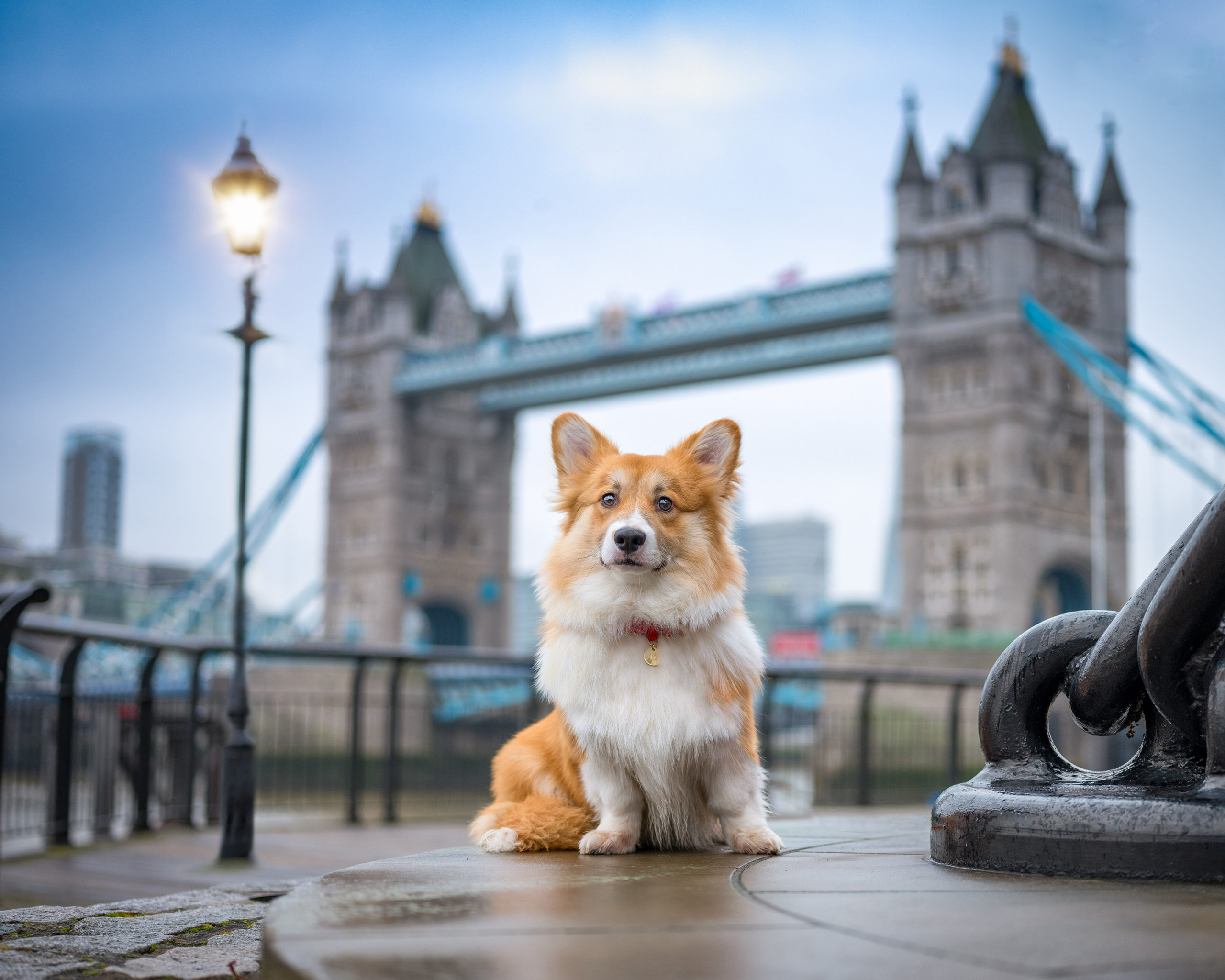“Animals are constantly communicating with us,” says New Zealand-based traveling photographer Craig Turner about his experiences while photographing dogs around the world. He’s made some incredible portraits of many furry four-legged friends. Aside from the technical aspect of getting a good picture, he tells us how to capture the emotions behind the animals and their owners.
We hate banner ads too. Download our app for iOS, iPad, and Android and get no banner ads for $24.99/year.
It definitely takes a lot to be a good animal photographer; understanding their emotions and subtle signs isn’t something everyone can do. Just as we should with people, Craig Turner tells us about the importance of being patient when taking portraits of animals. More so than anything else, animals understand how we feel and react accordingly. All the Animal AI tech packed into your latest camera can’t do much if you don’t understand what the animal is trying to tell you.
At the bottom of the post, see how Craig used the Fujifilm XH2s.
The Essential Photo Gear Used by Craig Turner
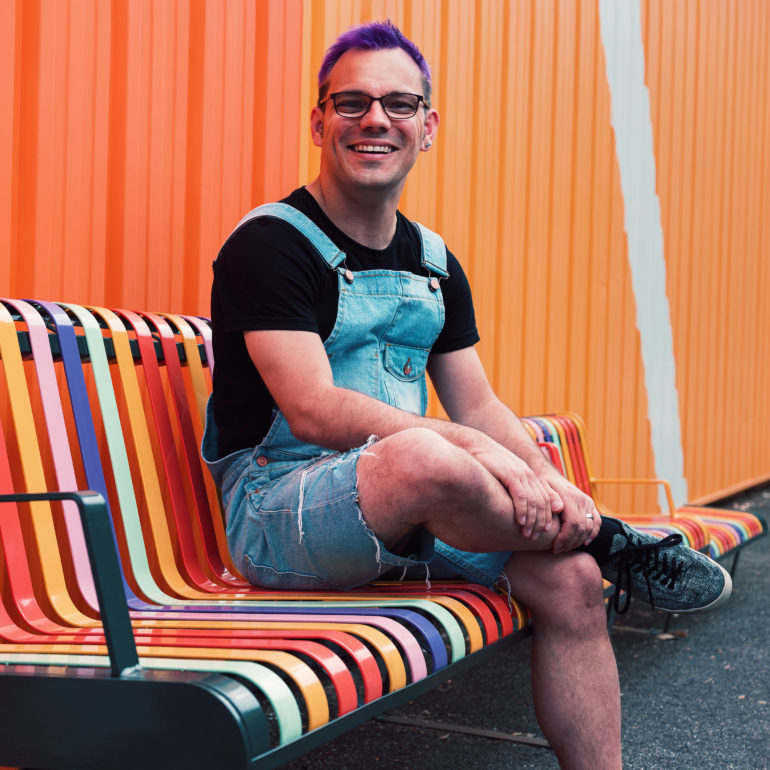
Craig told us:
- Fujifilm GFX50s
- Fujifilm 23mm lens
- Fujifilm 63mm lens
- Fujifilm 120mm macro lens
- Fujifilm X-T3
- Canon EOS R5
- Canon RF 70-200mm lens
I guess the most interesting part of my gear bag is the non camera stuff. The bits that are more specific to working with dogs! I always have a variety of dog treats with me, sometimes this includes dog friendly peanut butter, for some reason dogs are mad for it, but it gets pretty messy! I also have tennis balls, a long line leash and a stake to hold dogs in place if I need to.
The Phoblographer: Hi there Craig. Please tell us about yourself and how you got into photography.
Craig Turner: I grew up on the tiny island of Guernsey, part of the Channel Islands in the English Channel. Life on such a small island was challenging for someone who stood out. I was never afraid of expressing myself and being who I was, but as a fairly flamboyant gay teen, I was often singled out. I was bullied a lot at school, not just by other students; but by teachers too.
I found solace in music, nature, art, and my pets. I spent most of my time alone. My animals were my companions, always there, never judging me, and really became a cure for my loneliness in many ways. I listened to music, watched David Attenborough documentaries, and painted. I painted a lot of animal portraits, I had pet parrots and also worked as the head keeper at a bird park The birds’ colourful feathers and bright personalities made ideal subjects! When I discovered photography and got my first camera, it was only natural for me to start photographing wildlife. There’s not a lot of wildlife on Guernsey, so it seemed natural to photograph my pets and the birds I was working with. Some of my friends loved my photos and so started taking photos of their animals too, then things just spiralled from there into what is now Furtography.
In 2006 I went travelling with my now husband, Chris. We ended up spending two years working in New Zealand and completely fell in love with the country. We returned to Guernsey when time on our visas ran out. But worked very hard to get residency, finally moving back in 2009, and we’ve been living in Christchurch, on the South Island, ever since. Capturing the landscapes of New Zealand during our travels had a real impact on my photography, and I started seeing the locations I used in my work with dogs take a more important role.
I think what I try to achieve in my images is to hero my subjects in locations they belong, whether that is somewhere, they love to go with their owners or a place where their breed fits. I guess it’s my way of honouring the animals that made me feel like I belonged and helped me when I was growing up while at the same time creating images and memories that their owners will always have.
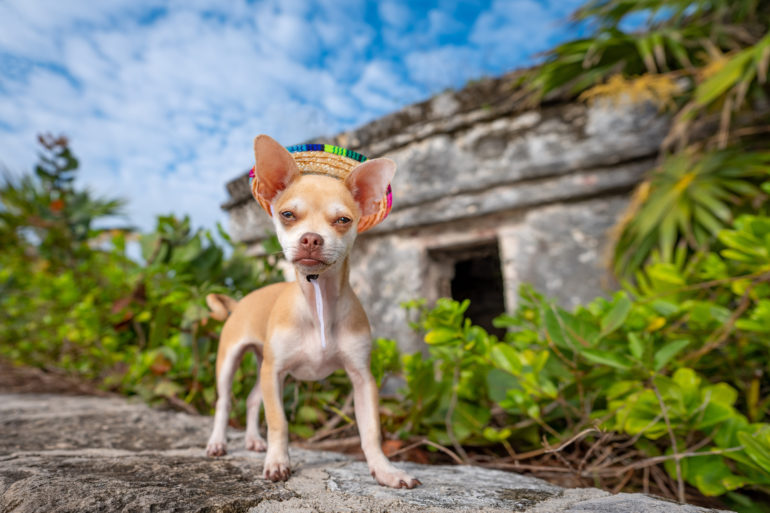
The Phoblographer: Furtography – quite a self-explanatory term. Tell us what the spark was that led to the creation of this business model.
Craig Turner: I rebranded as Furtography when I moved to New Zealand in 2009. I can’t stress enough the importance of creating a brand and being consistent in your message when you are running any business. I was at a point where I didn’t want to use my own name anymore (I was using Craig Bullock Pet Photography before that). I wanted a name that was memorable, and a colleague of mine said Furtography. I immediately laughed at him and dismissed it, but a week later, Furtography was still stuck in my mind, and so I went with it!
My work is fairly evenly split between private and commercial clients now. But while the end product for commercial clients is always a digital image, I am very much about printing, and my private clients purchase albums and wall art pieces of their images.
I offer a more boutique model, and the process includes an in-person pre-session consultation and an in-person viewing session. I only show fully edited images and try to make the whole process an exciting and engaging experience. Over the years, I’ve really refined my products to those that suit my style and really make my images look as good as they possibly can.
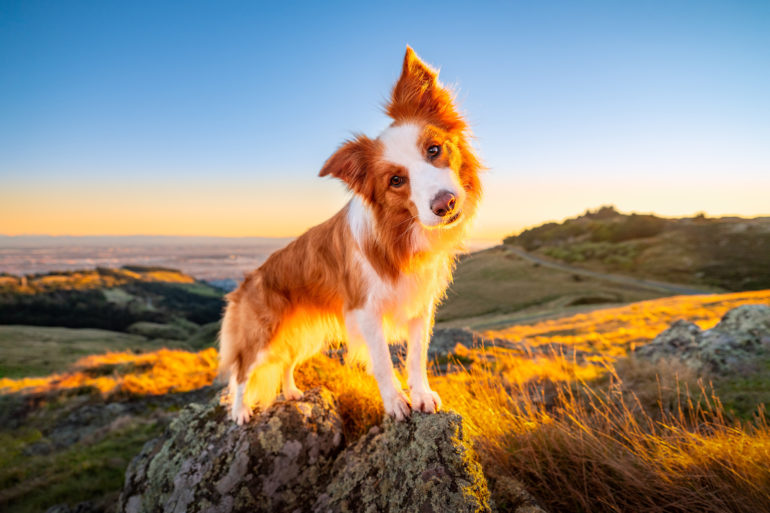
The Phoblographer: You’re also the first winner of the New Zealand Portrait Open Photographer of the Year for a non-human photo. That must have been an exhilarating feeling. Please share the experience.
Craig Turner: I’ve been very fortunate over the years to have won more than 100 awards now, but the New Zealand Portrait Open Photographer of the Year is probably the highlight for me. I’d gone through a few different approaches to image competition in the 2 years previously. In my first year, I entered work that I liked myself and was possibly a little too emotionally attached to (of course, the judges know nothing about the backstory of how challenging a shoot was or how much you connected with the subject). I was pretty successful that year, but I wanted to do better.
In my second year entering, I put in work that I thought the judges would respond well too. Most of that was studio images. Again, I did OK, but afterward, I didn’t have any real excitement about sharing my successes. I realised that it was because the work I was awarded for is not something I would usually shoot; it wasn’t my style, and it wasn’t work I would want to create for clients.
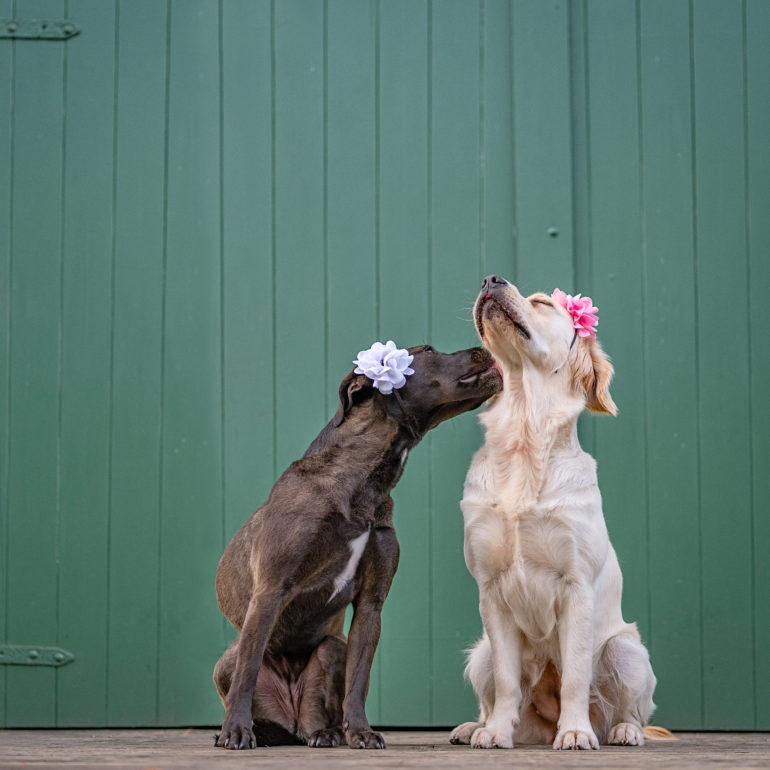
The following year, I entered work that was created for personal projects, images from my Dogs of the World Series, and my #DogIsLove project. It was work I was emotionally invested in, but it was also work that pushed me creatively. It’s this work that I was awarded the portrait prize for, and I was absolutely thrilled to be recognised for these images.
I’m a huge advocate for image competitions; I think they can really help you push yourself and grow. I’ve since completed a judges training programme and I now judge for several awards. I love seeing how creative people are in their own work, it’s so inspiring.
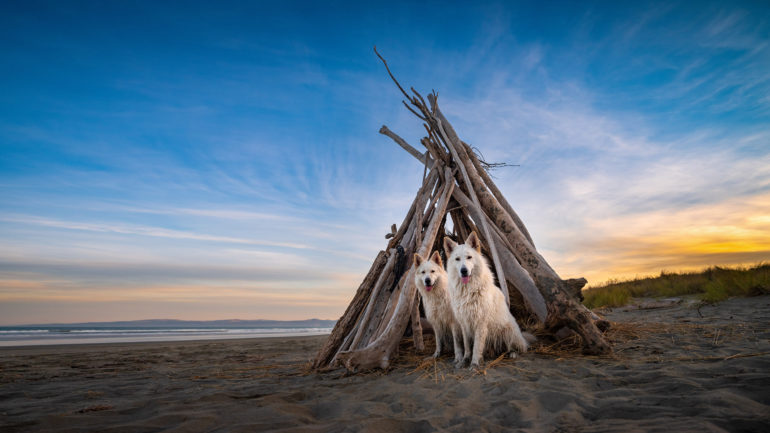
The Phoblographer: Technical perfection aside, what does it take to capture a good portrait of a furry friend?
Craig Turner: Dog photography is not as easy as it might appear! To get the best out of any animal you work with, you not only have to understand them, but you also need to form a connection with them.
If you are reading this and animal/pet photography is something that you’d like to get into a little more, the number one piece of advice I can give is that you learn how to understand and read the body language of your subjects.
Animals are constantly communicating with us. As the photographer, it is your job to know how to interpret what they are saying and react accordingly. To know when something is working or when it’s time to take a break or move on to another idea.
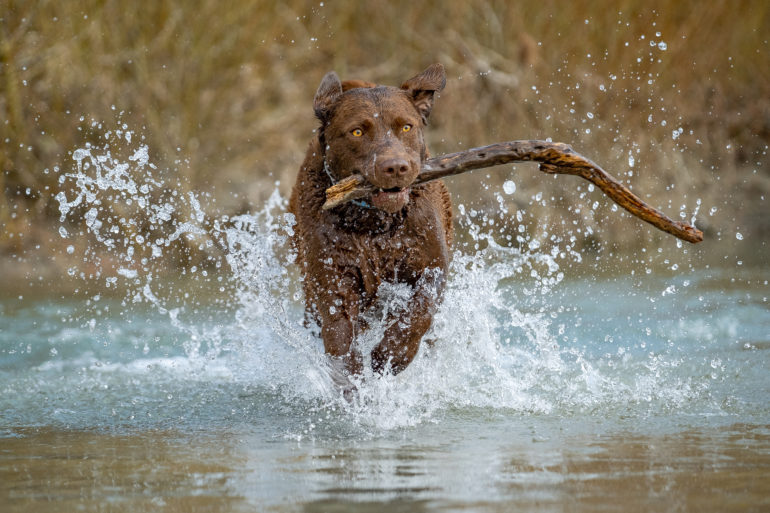
With dogs, taking time out for a quick play session or rewarding a dog with treats or pats will help you build a rapport, and that is when you’ll be able to capture the really magical moments filled with personality.
Knowing the subjects doesn’t only serve to help you create engaging portraits either; it will enable you to predict what might happen next, so you are as best prepared as you possibly can be to capture those spontaneous moments that may only last a split second.
You have to have a TON of patience too. Be prepared to repeat set-ups, and whatever happens, do not get stressed out. Dogs especially are experts at detecting our moods, and they will respond to what they sense from us. And you know what? They’re dogs, so if all else fails and they just want to run around and let off some steam, just go with it! It’s all about showcasing their personality.
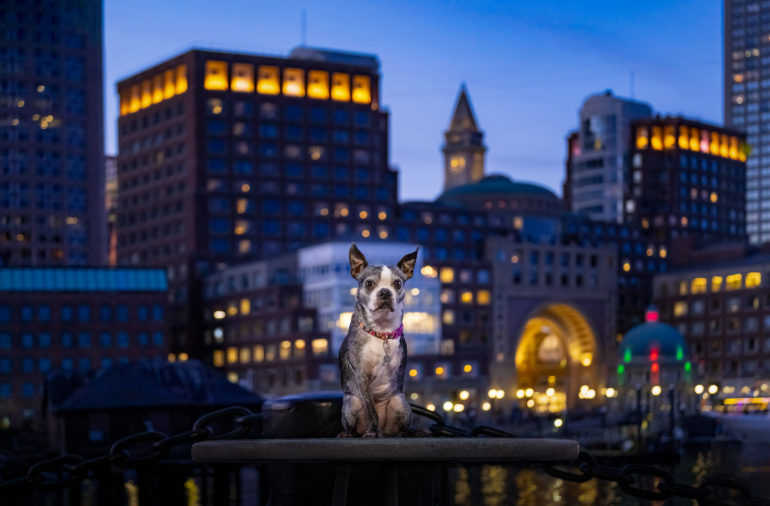
The Phoblographer: Apart from bonding with the animals, there’s also got to be a rapport established with their owners. How much of that takes place prior to the shoot, and how much on set?
Craig Turner: It’s really a mixture of both for me. I try to meet every dog and owner before the day of the session. I find it is a big help and is a great way to get to know them a little more, to assess the dog’s personality and what the best way to approach the shoot will be.
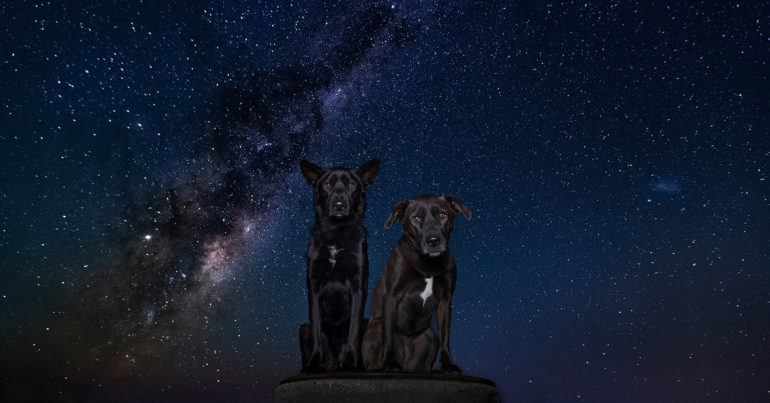
I can see the kind of relationship the owner has with the dog too, which varies massively between clients. I ask a few standard questions about what they love to do together and get more info about them personally.
I always try and make everything a positive experience for the dogs, and I think they remember me when I meet them on location, so it’s a little less work for me and stress for them on the day.
I love involving the clients in the creation of the images too, so I get them to pose their dogs or to film a little bit of behind the scenes on my phone. Getting them involved helps to form fond memories. I want them to look at the images years down the line and remember how fun the shoot was and when the time inevitably comes for them to say goodbye to their companions, the images shine with personality.
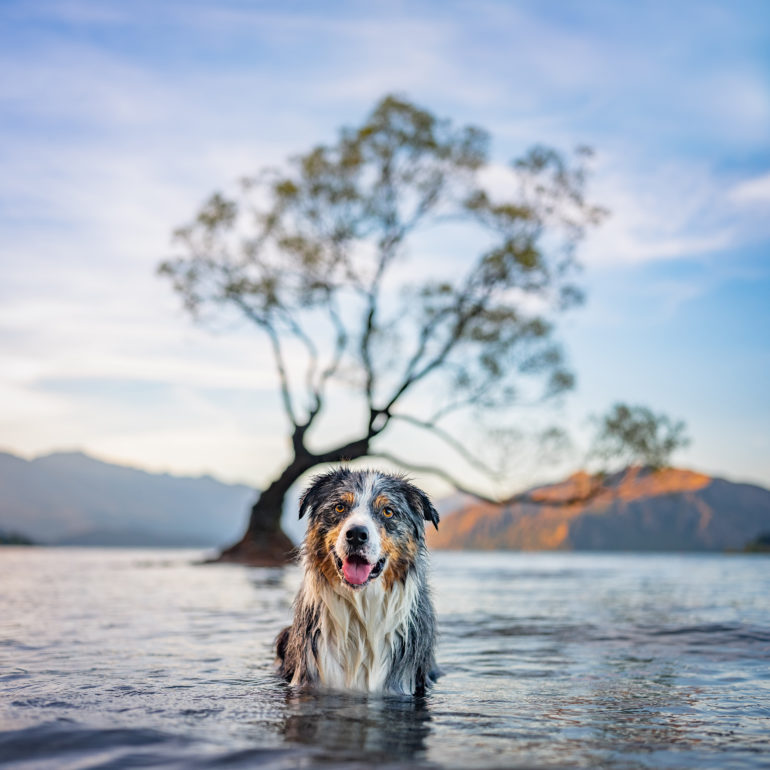
The Phoblographer: What have been some of the more amusing incidents you’ve had while photographing pets and their owners?
Craig Turner: Oh my goodness! Well, as you can probably imagine, working with dogs can be a perilous undertaking on occasion! My camera bag has been peed on more times than I can count; occasionally, when I’m lying down to get into the dogs’ world (something you should always do as a pet photographer), I’ve also been mistaken for a good place to pee!
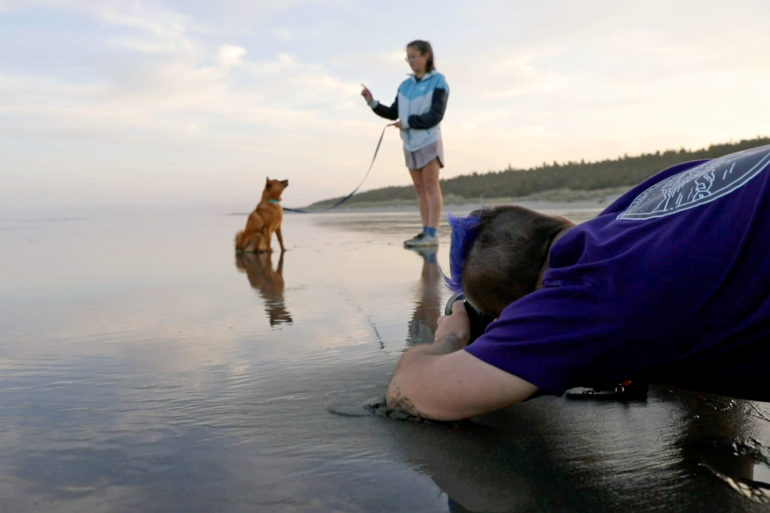
I’ve been eaten alive by litters of puppies more than once, but I’ve always lived to tell the tale, and I have always enjoyed it!
I had the joy of rolling in some poop once as well, that was not as enjoyable as puppy kisses, and I’m a little more careful where I lay down now.
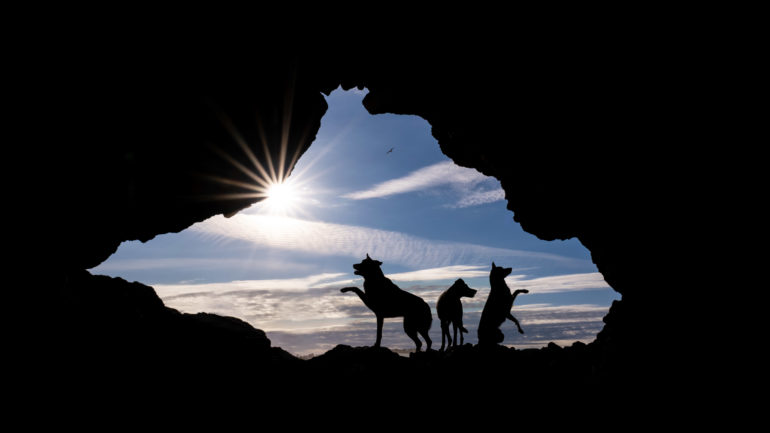
The Phoblographer: It’s probably a feeling of having one of the best jobs in the world, but how much has it changed since you first started? What have you learned along this journey?
Craig Turner: I really do think I have the best job in the world! There’s a hell of a lot of work that goes on when you’re running your own business that isn’t just going out to cool places with cameras and a dog, but I couldn’t imagine my life being any different.
I’ve learnt a lot about myself, processing some of the challenges I faced as a teen and young adult. Learning how important it is to be true to myself as a person and as an artist. That whoever we are we should wear our differences and our quirks as a sparkling, glittery badge of honor.
I’ve learnt that I’m more resilient and determined than I ever imagined. And I’ve learnt that, above all, to be grateful.
Since I started out, the industry has changed enormously; I don’t shoot film anymore for starters! But that is what makes photography so exciting. There is always something new to try, technology, techniques, software. It’s always evolving, and I love evolving with it.
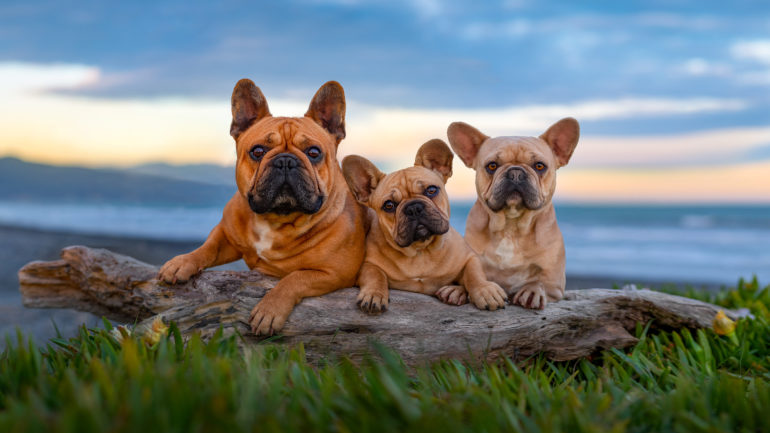
The Phoblographer: Dogorama is a term that caught my eye when I browsed your website. Please tell our readers what it is and how it’s different from a regular animal portraits.
Craig Turner: This shoot with Tallulah the French Bulldog at the Louvre in Paris was one of those sessions that will always remain close to my heart. It really helped shape my work and develop how I shoot into something I never really expected.
While I was taking portraits of Tallulah, who was so well behaved and posing perfectly, I noticed triangles everywhere, in the glass pyramids, in the walkways, and even her ears! I wanted to capture that in one image, but I couldn’t get the right angle or perspective no matter what I tried. It suddenly came to me to try to create a panoramic image and stitch the parts together in the editing stage. It’s something I’d done for landscape images when I was travelling in New Zealand, but it never occurred to me to do it with dogs.
With absolutely no idea if it would work, I took several frames, being careful to leave enough of an overlap in each to make stitching them easier. Sure enough, it worked. I was very happy with the result; I’d created my first ever Dogorama®.
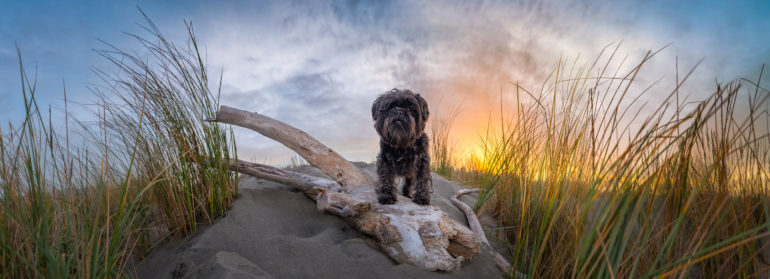
Something clicked in the following months. I saw in my earlier dog images that I was often drawn to a location as much as the dog. I was giving them a sense of belonging in many ways, taking dogs to locations that they fit in, whether that be a place they love spending time with their owners or a location that is well suited to the breed or appearance of the dog.
I started working on perfecting my panorama technique and launched my Dogoramas as a service to clients. In the last few years of offering them, clients have really responded well, and almost everyone wants to hang one on the wall!
Talulah was the catalyst of another massive project too, my Dogs of the World series. Delayed due to Covid and travel restrictions, it’s a series I hope to complete by 2025. I’ve visited several countries photographing various breeds in places they ‘fit,’ where they originate or are somehow connected to.
Finally, Talulah also helped me win that New Zealand Portrait Photographer of the Year award!
This image hangs proudly in my studio, printed on a 60inch metallic acrylic.
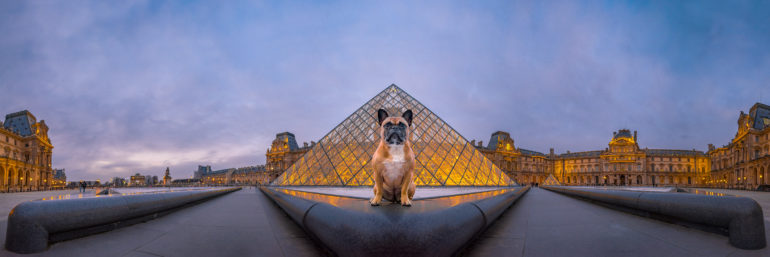
The Phoblographer: Have you ever had a life-changing moment during these shoots?
Craig Turner: I’ve been fortunate enough over the years to have several experiences while working that have been really life-changing. I think the first that springs to mind is working on the Quake Dogs and Quake Cats books. These told the stories of what our pets went through during and in the immediate aftermath of the Christchurch earthquakes in 2010/11. I wasn’t really prepared going into the project, for how emotional it would be. Many of the owners spoke of their own experiences for the first time. I think when you ask people how they are; they are programmed to say “good, thank you” or words to that effect. But because they were telling their stories through their pets’ eyes, they let their guard down and opened up. It was a really humbling and beautiful experience to help people talk about these traumatic events. In a more selfish way, it also helped me process my own trauma of the quakes too. The success of the books was also very humbling, and in the end, royalties from sales raised over $30,000 for animal rescue charities.
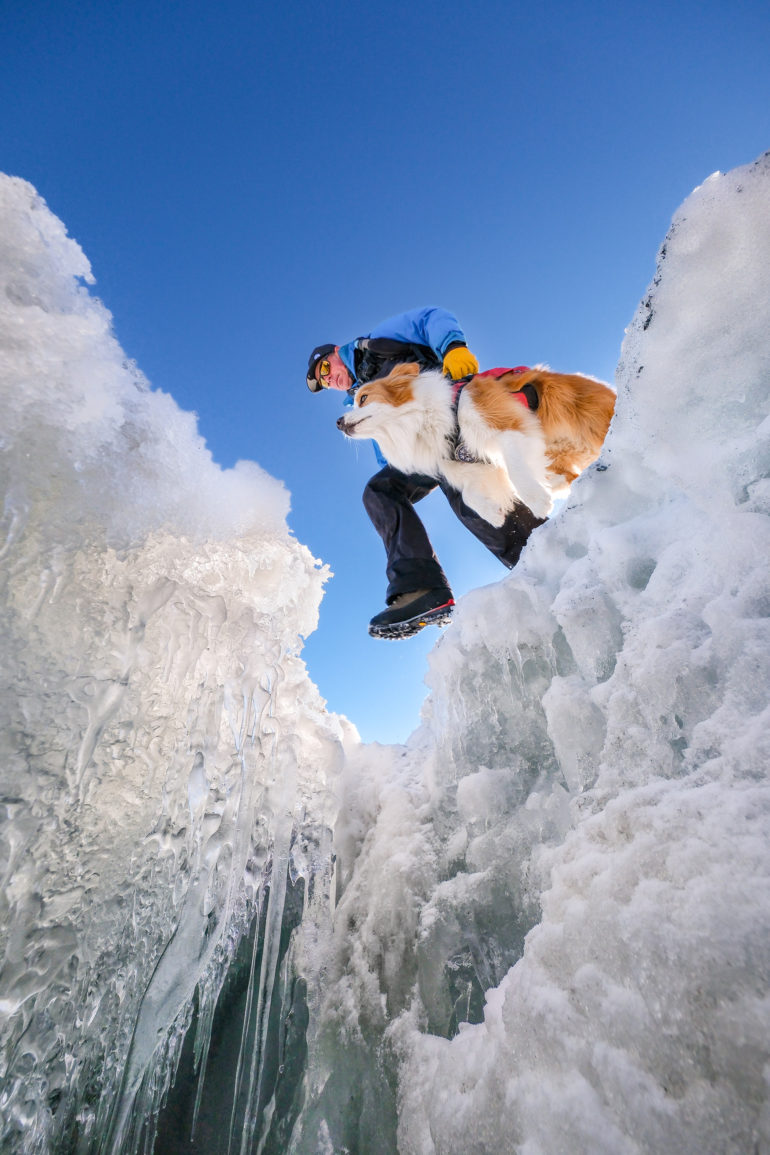
I am constantly grateful for the experiences my ‘profession’ has afforded me. If you asked me 20-something years ago as I first set out photographing pets where I thought I’d be now, I wouldn’t have dared dream that I’d be fortunate enough to be making a living from something I am so passionate about, getting to travel the world for clients and doing all of the other things I’ve achieved. Yes, I’ve put in a lot of work, but I think sometimes I just got lucky somehow too.
As well as working on developing my own skills more and growing my own business, I’m also teaching other photographers how to work with pets through Unleashed Education. I run this online platform with my good friend and incredible pet photographer, Charlotte Reeves. Our mission is to help photographers find their own style and hone their creative vision.
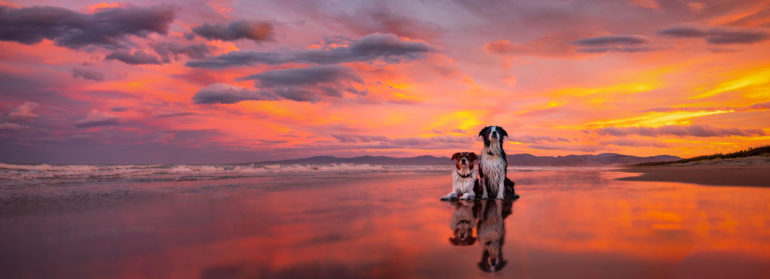
All images by Craig Turner. Used with permission. Check out his website as well as his Facebook, Instagram, and Twitter pages
Want to be featured? Click here to see how


